Budapest Review
22/06/2025
As you know from my previous blog, I recently visited Budapest as IIOT 2025 took place there, and on top of the competition-related activities, I had the opportunity to explore the city and its people, and while I didn't have enough time to visit everything nice this former imperial city has to offer, I managed to explore the essential locations together with the history and the stories behind them.
As I only had two days I could realistically visit anything with the rest of our group, our focus was mainly on the city center and the areas surrounding the hotel we stayed at. In addition, one of the teachers was kind enough to show us a tour of Budapest at night, as we went on one of the trams and visited some of the most famous attractions by the Danube River. Last but not least, in our free day, we went on another guided tour where we visited some gardens, a few museums and once again, the Parliament building, one of the most beautiful administrative buildings I have ever seen.
Even though the description of my touring activities isn't too much out of ordinary as the fast paced schedule didn't allow me to do that many things, I still managed to make out of this trip an unforgettable experience which revealed to me some things I already knew about the city and the country as a whole, while also giving me a more accurate look into how are Budapest and Hungary like in 2025.
My first impression as I arrived in the city was the relative poor state of roads on the way from the airport to the hotel, together with countless political ads for an upcoming referendum which after some research, doesn't seem to be an important vote at all, if anything it's more of a glorified public poll on the government's approval rate. Unfortunately for the people living here, the disputes the government has with the broader European leadership started to take their toll on the quality of life of Hungarians, and while some years ago Hungary was one of the wealthier nations in the CEE region, nowadays some argue that Hungary is doing worse than even countries such as Romania or Bulgaria, who historically used to be poorer.
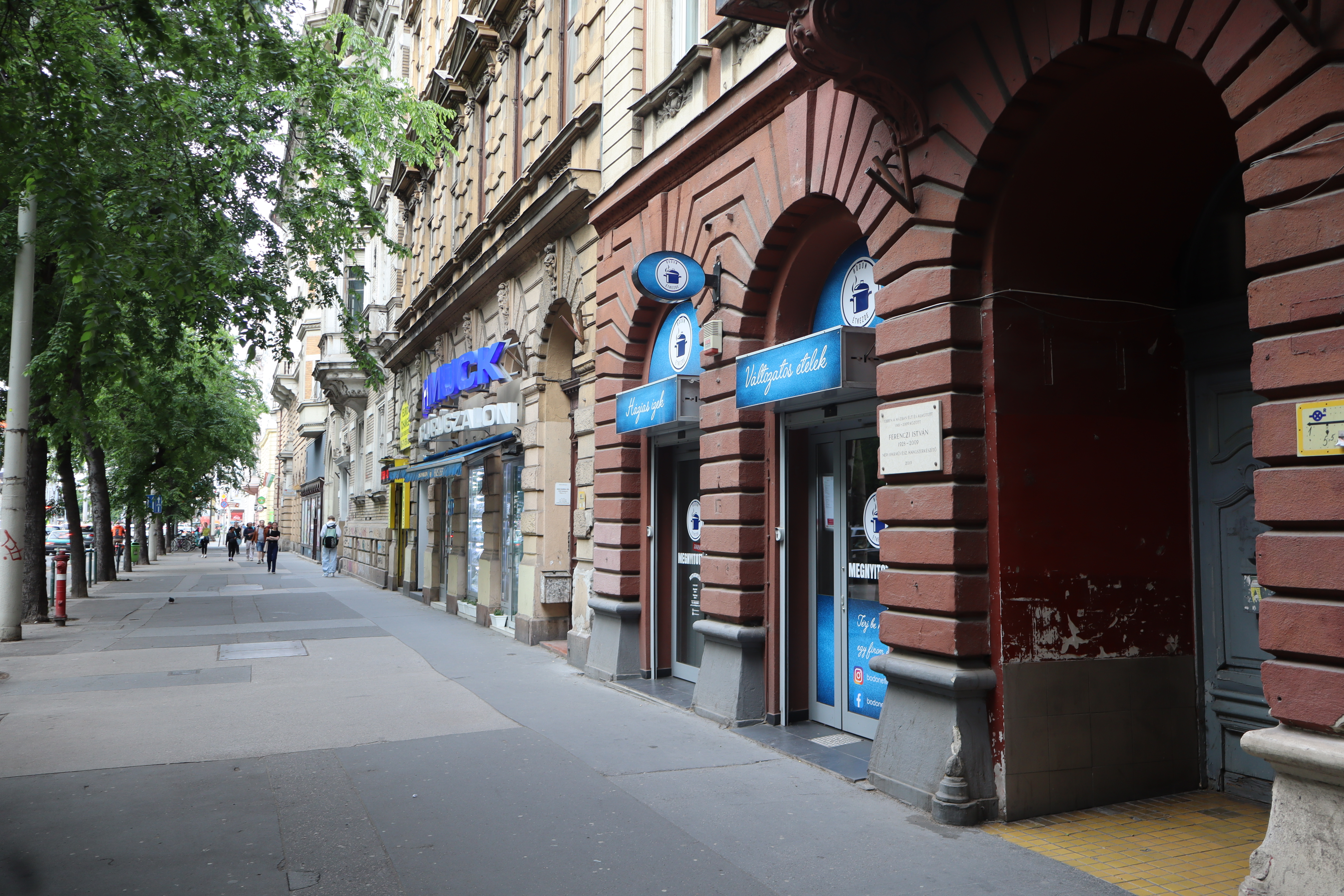
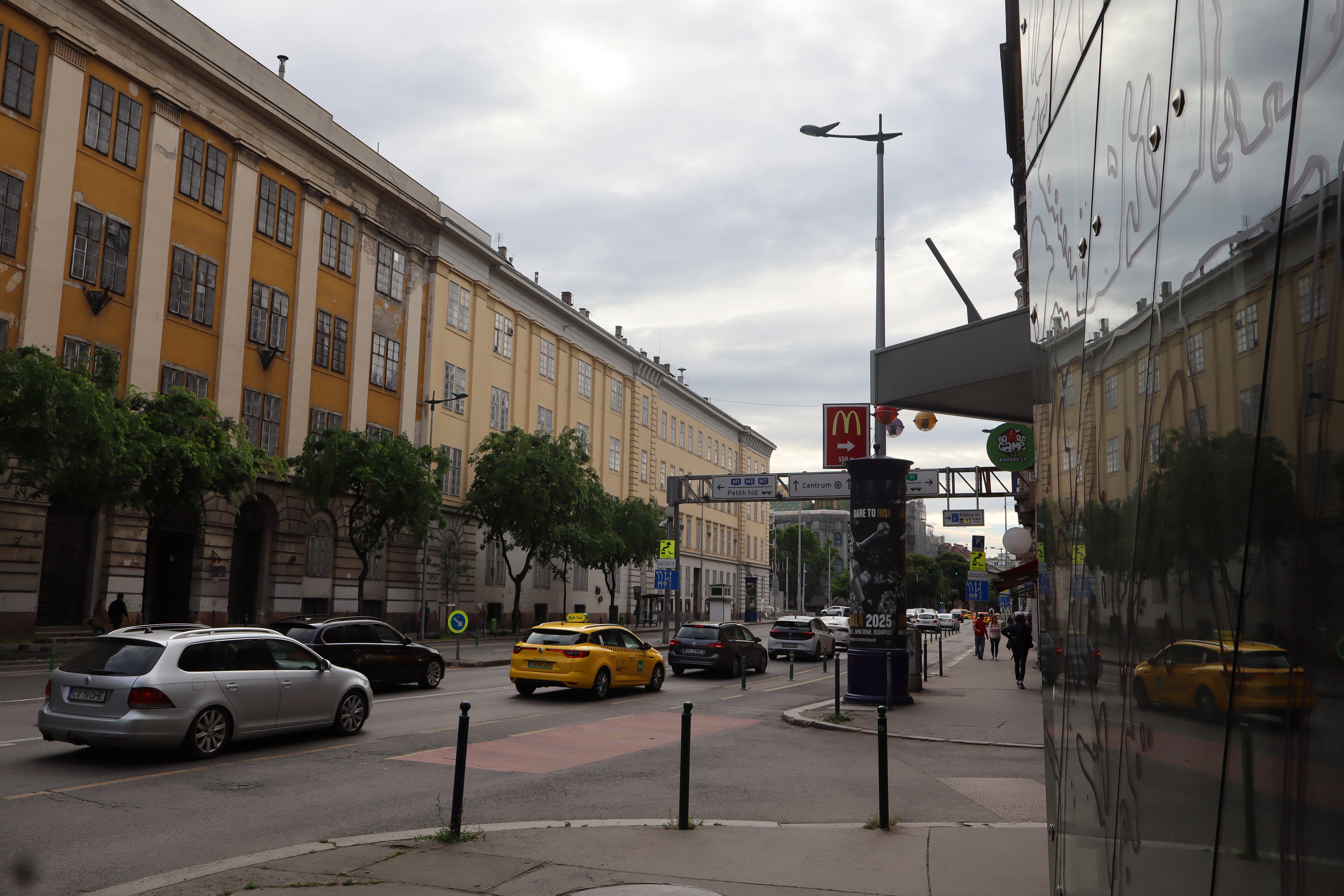
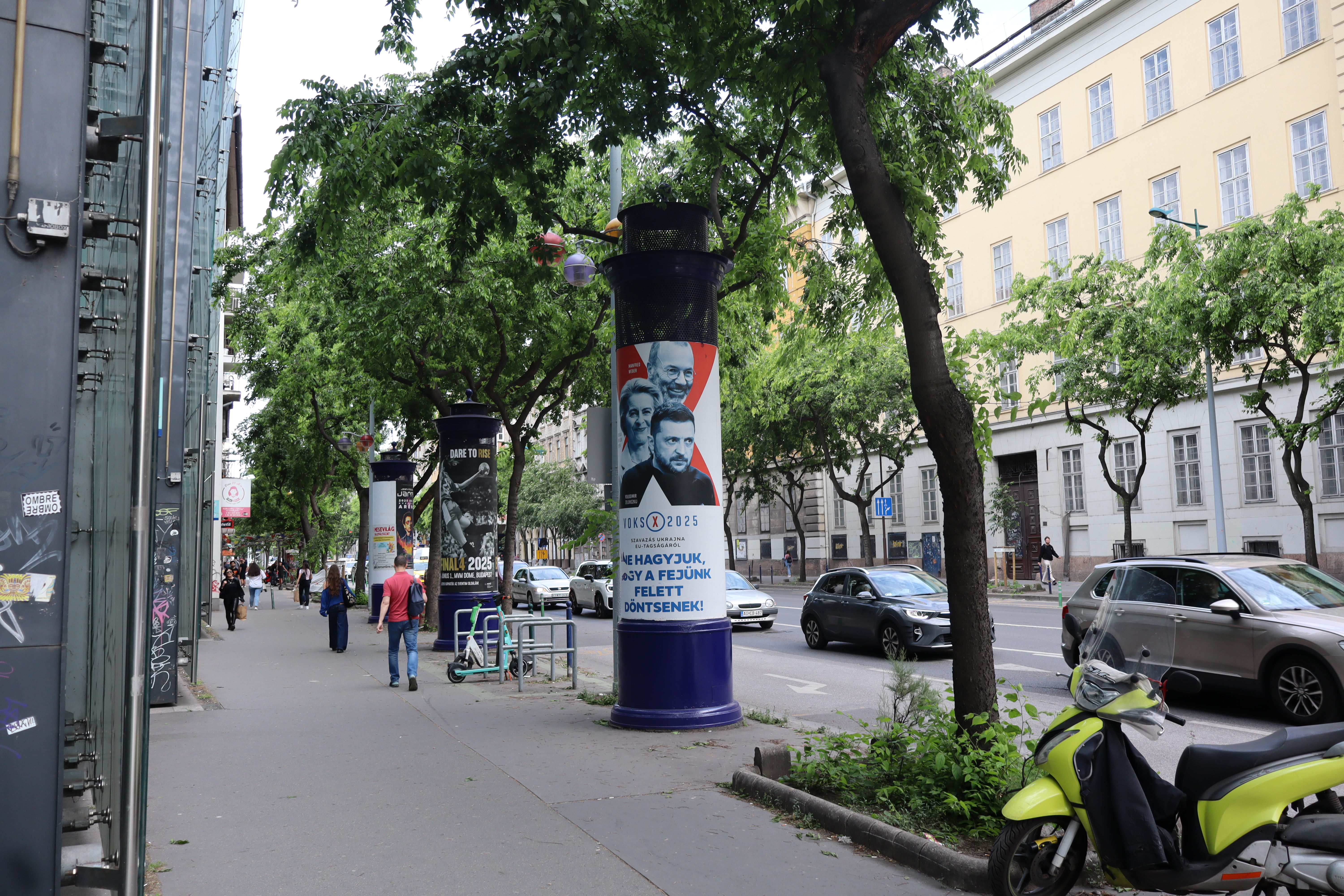
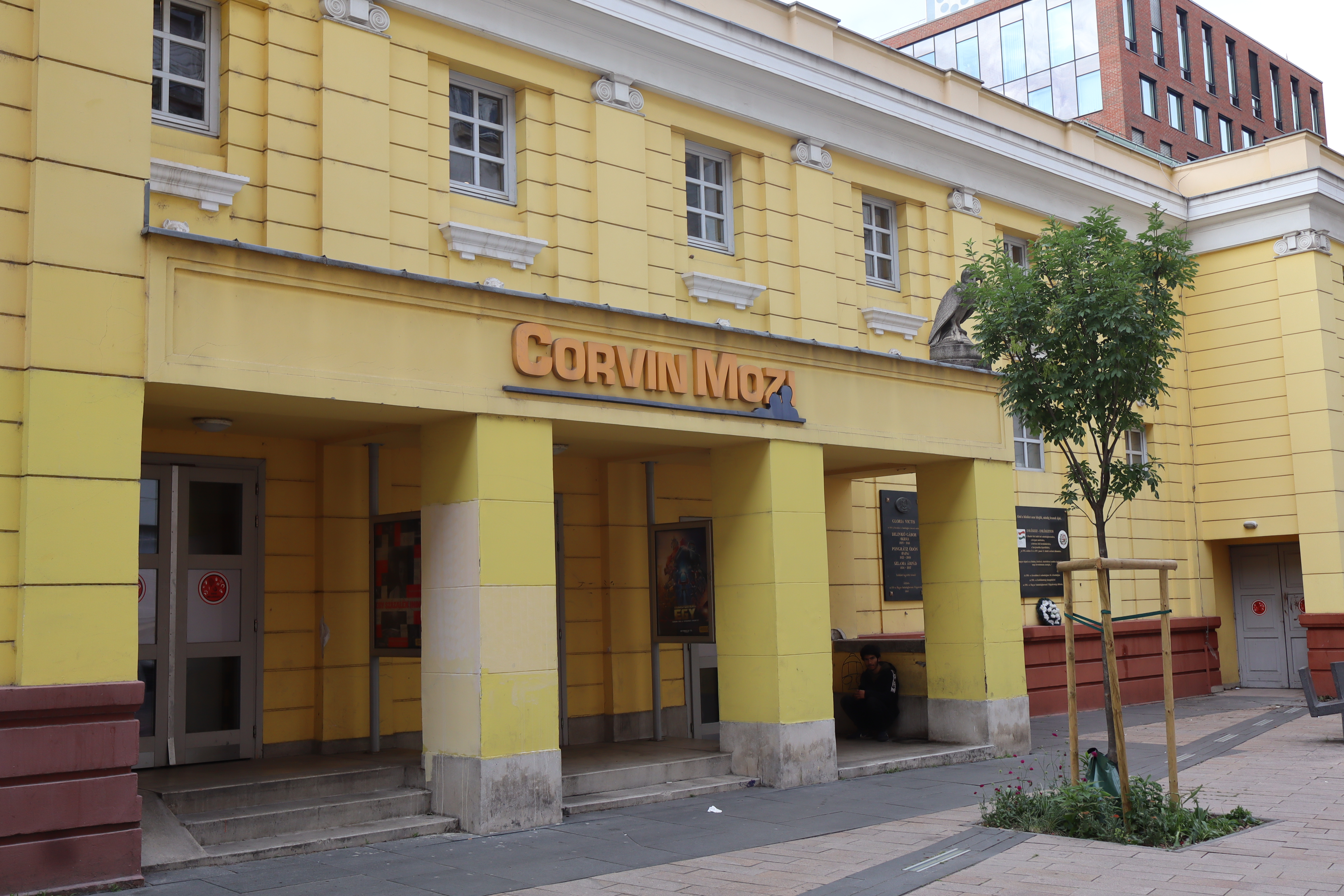
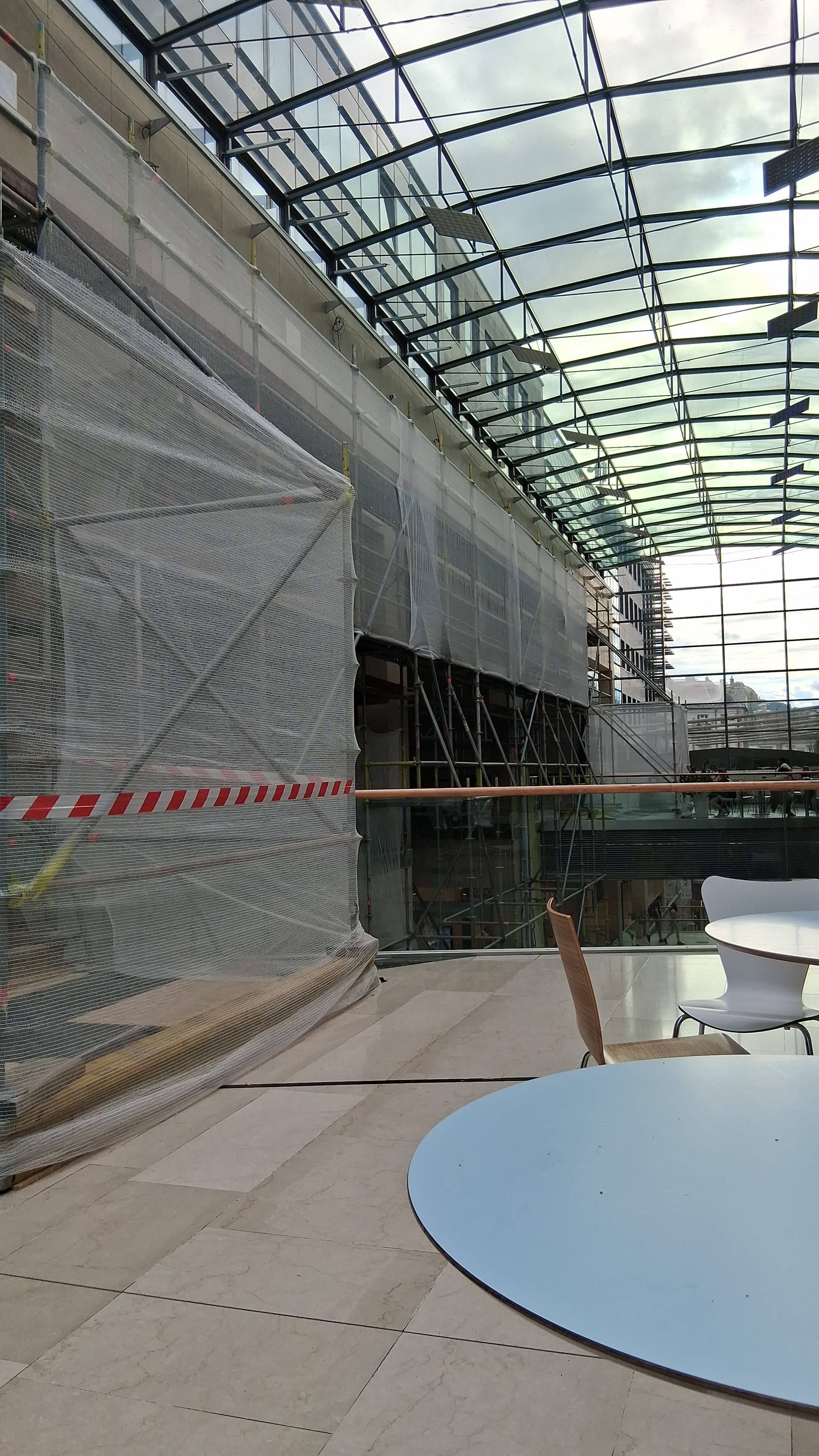
However, in spite of all these issues, the locals did an amazing job as far as showcasing the beauties this place has to offer, and from what I noticed by using public transport, many people didn't seem happy at all, as lots of anxious faces could be seen on buses or trams. All in all, I hope the Hungarian people can earn a better future for themselves in the upcoming elections and slowly crawl back their way to a better future.
Even though I started the blog with the downsides of the city, I have to admit that the public transport system, albeit old, is very well organized and I was able to travel anywhere I wanted within the city in less than 30 minutes, even to some farther away places including some international stores I visited. Budapest has trams, subways as well as various buses and ridesharing systems, covering the entire city. I recommend buying a 14 day pass for all public transport, and in my case, the organizers bought passes for us for just 15 euro a piece, which makes this a great way of visiting the city without spending much. A good part of the population speaks English well and in the general note of the broader region, you can expect most young people to speak English very well which should be useful should any issues arise.
Something I recommend doing is having a walk through the center of Budapest during the evening and night, as the views are breathtaking and the combination of history, Danube and the landmarks on the shore make this an amazing experience. Here are some of the most interesting pictures I took during these days:
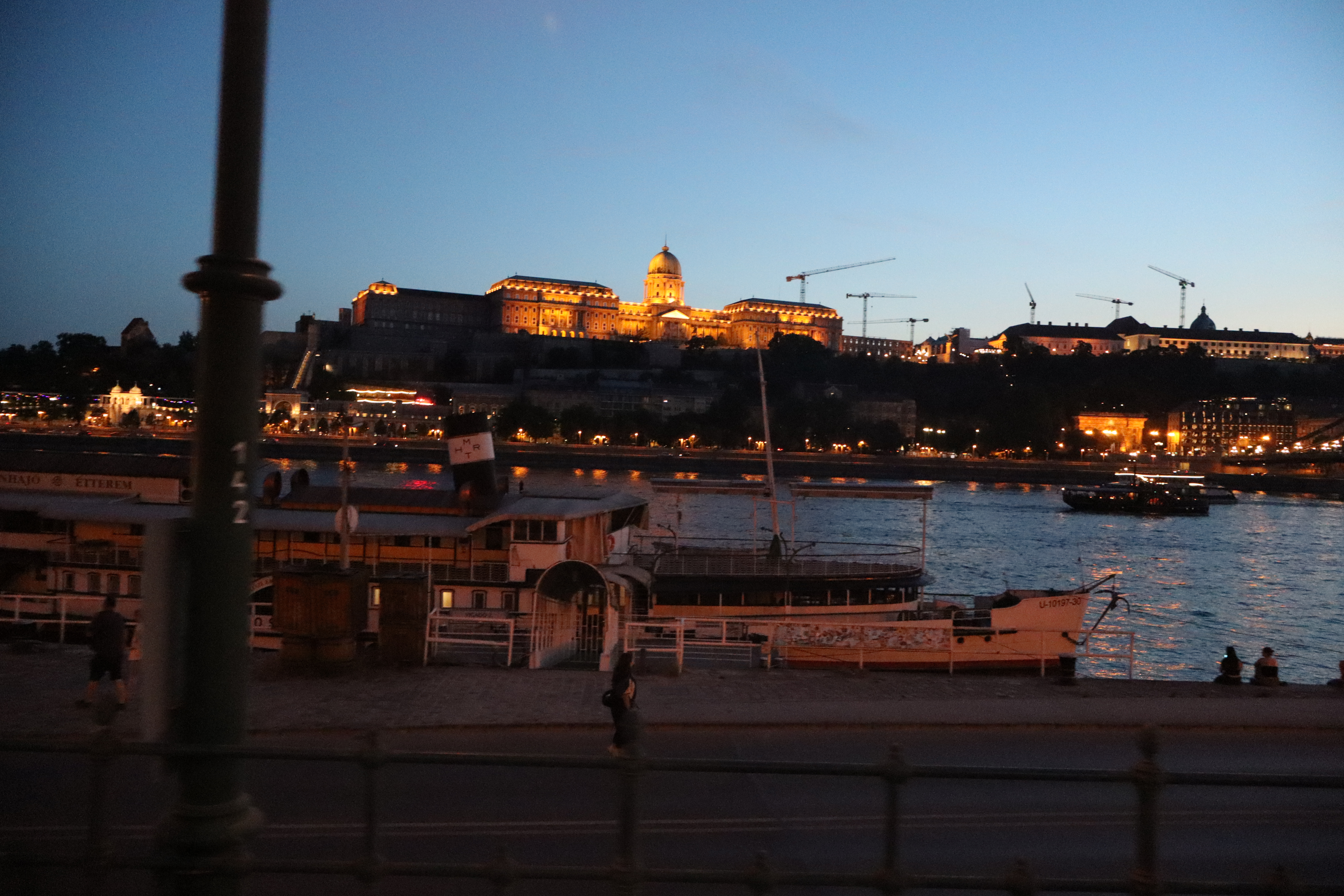
Evening on the Danube, as seen from the tram
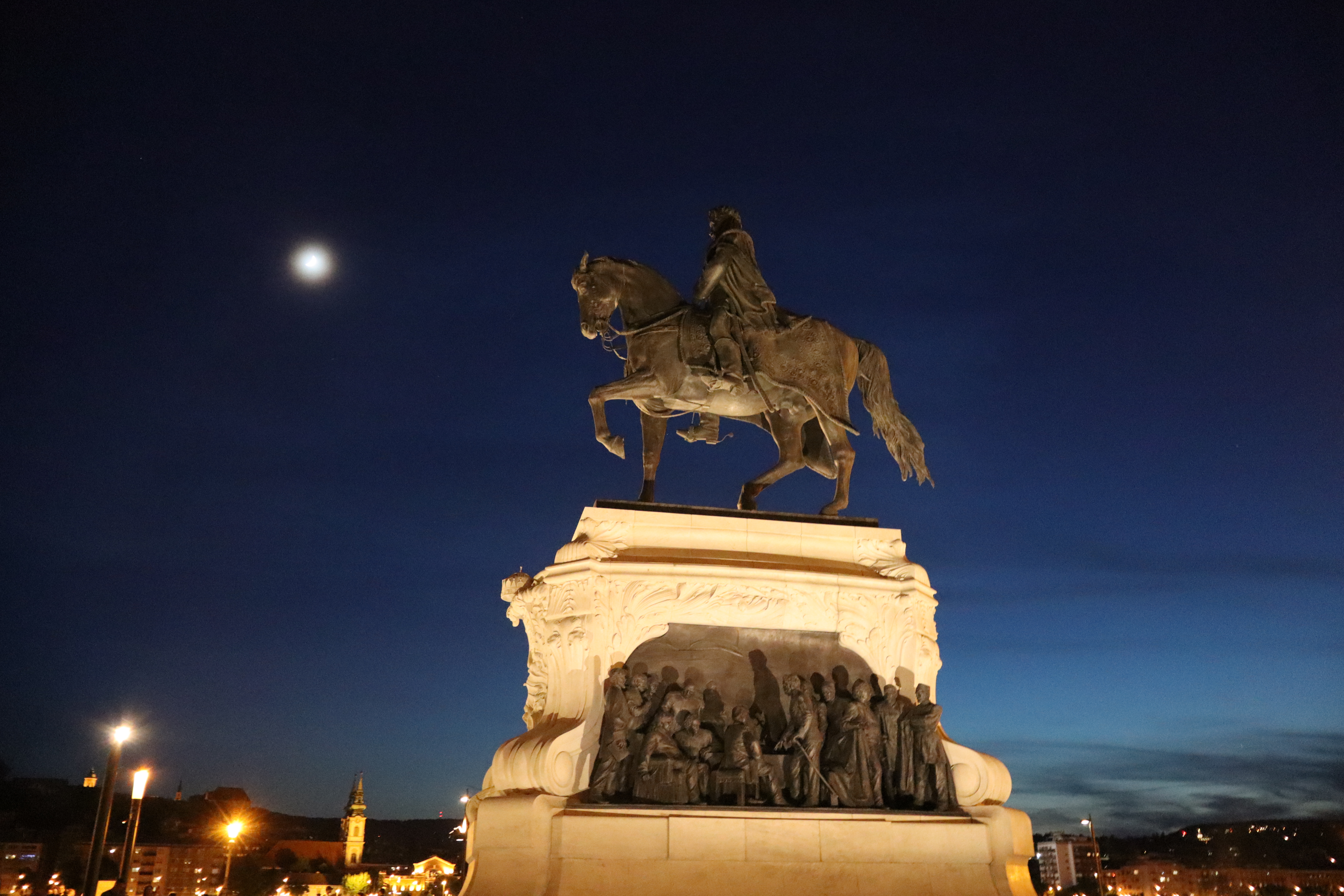
Recent history has its landmarks as well, and one of the more recently built memorials is "The Shoes on the Danube Bank", erected in 2004-2005 in the memory of the victims of Holocaust in Hungary.
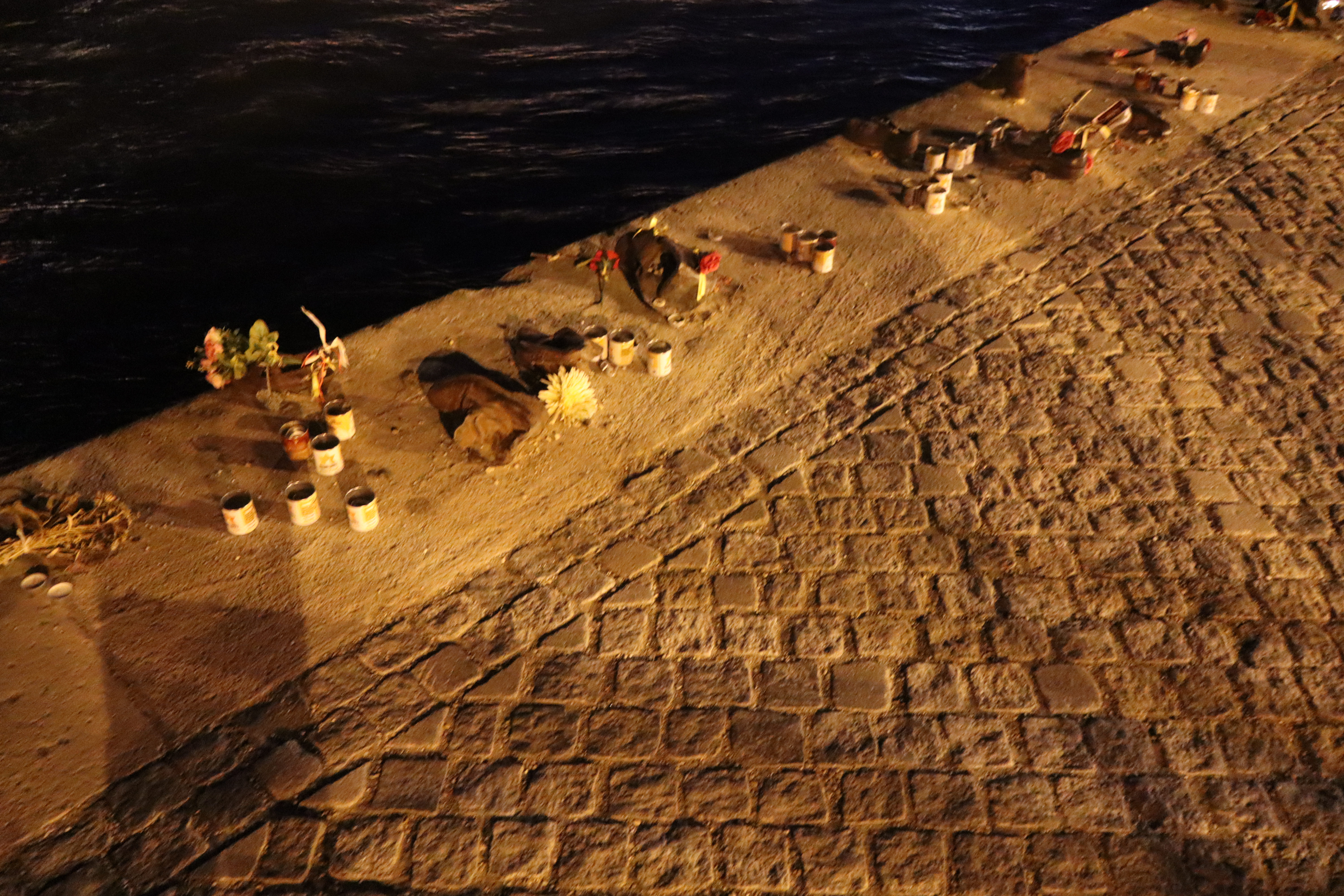
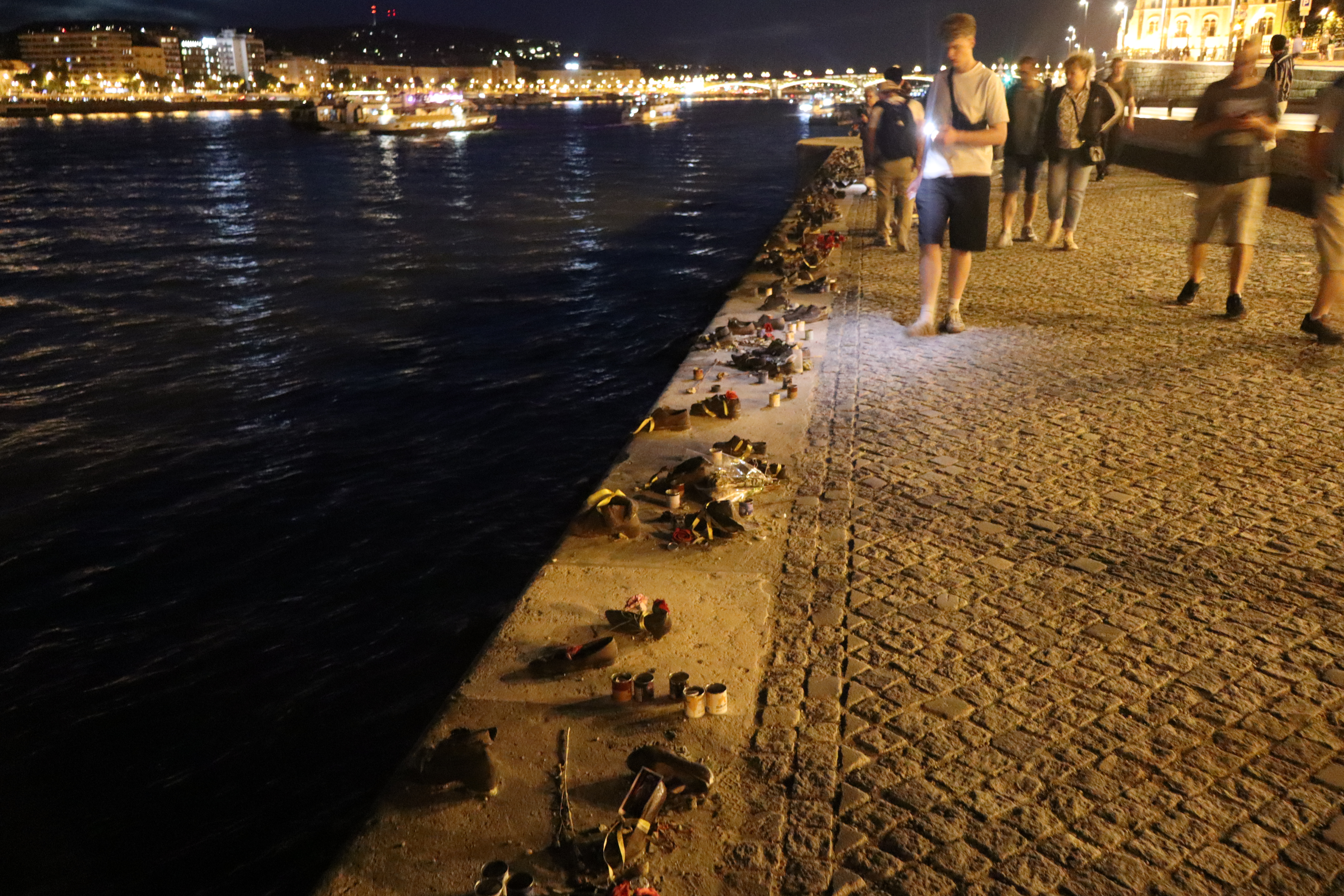
The second trip I took was a daytime trip where another guide showed us the city and some other pieces of its rich history. The general impression I got from these places was that the former Habsburg rule over Hungary is still there in all of its splendor, as many of the buildings Budapest can boast about have been built during the days of the Austrian rule. After all, Budapest was the second capital of the Habsburg dominion and one of the central cities both within the Hungarian crown as well as later in history.

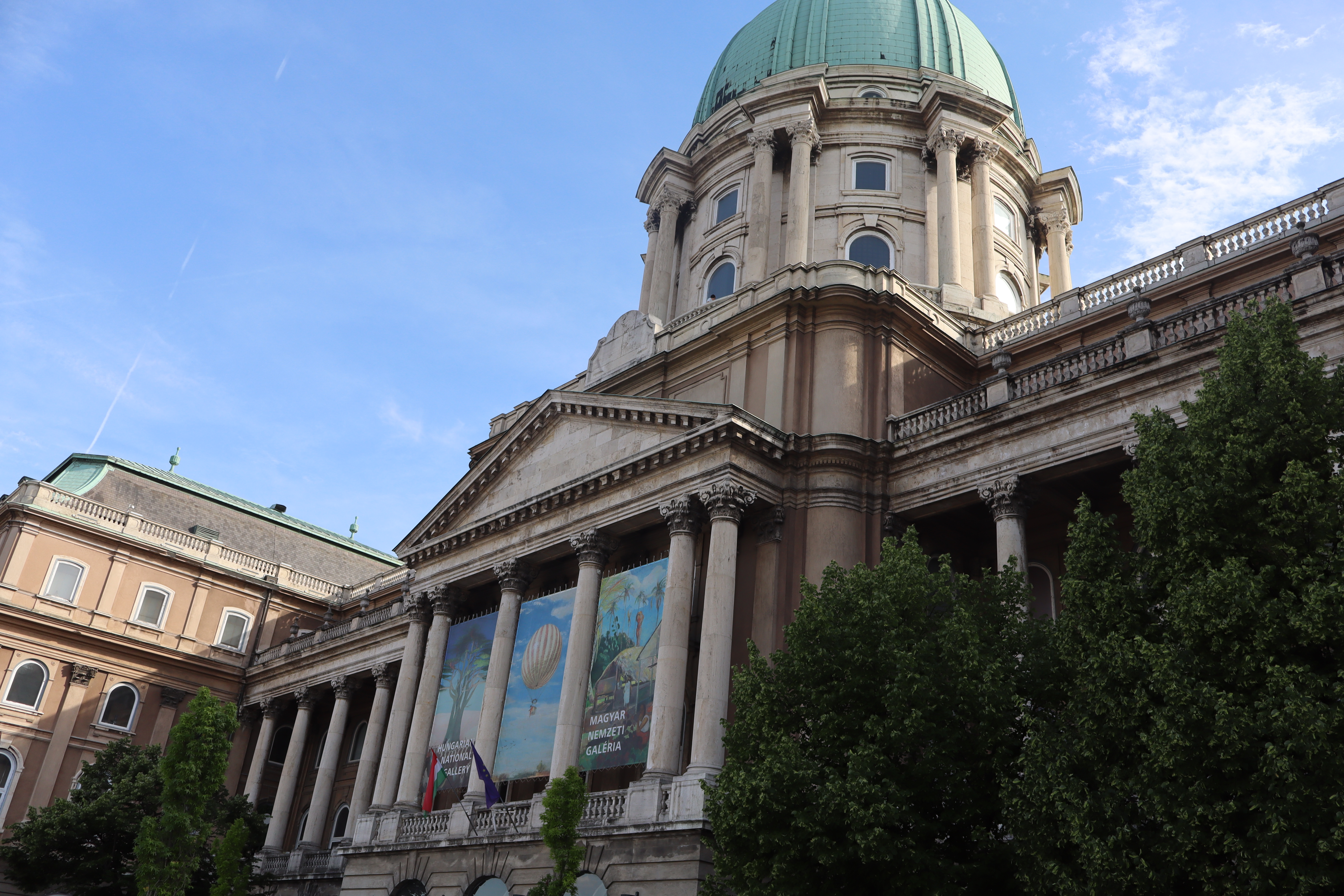
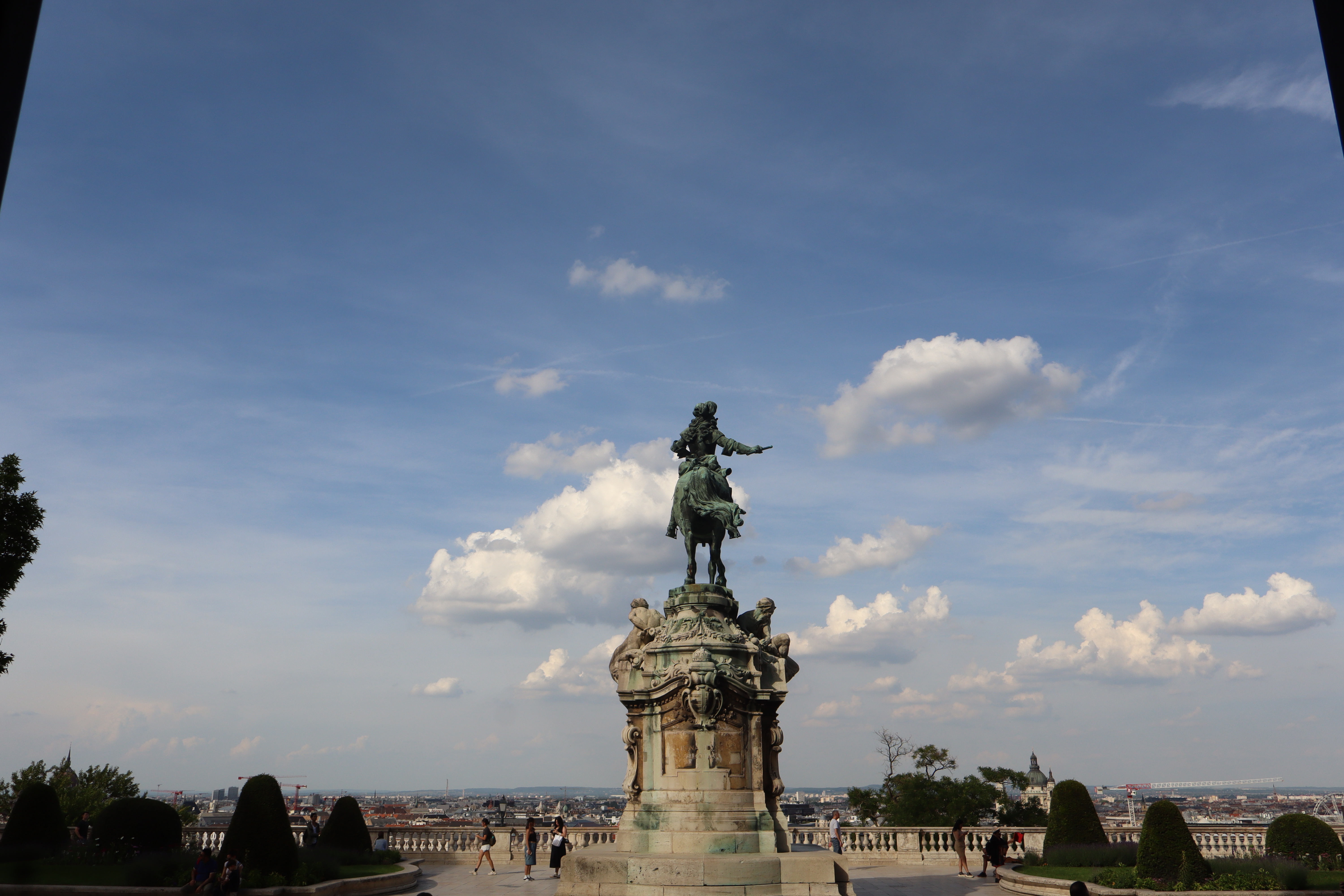
The gardens resemble a smaller version of the Schonbrunn gardens, which shows once again the Habsburg vision of building little Viennas across their Central European dominion, something you can observe if you ever visit various cities across the former Austrian empire, be it Bratislava, Budapest, Zagreb, Cluj, Brasov, Szeged etc. All in all, the Habsburgs dreamed of making Vienna a proud successor of Rome, as they ruled the Holy Roman Empire for centuries and held a claim to the title of Roman emperors (or if you ask Voltaire, no way holy, nor Roman, nor an empire).
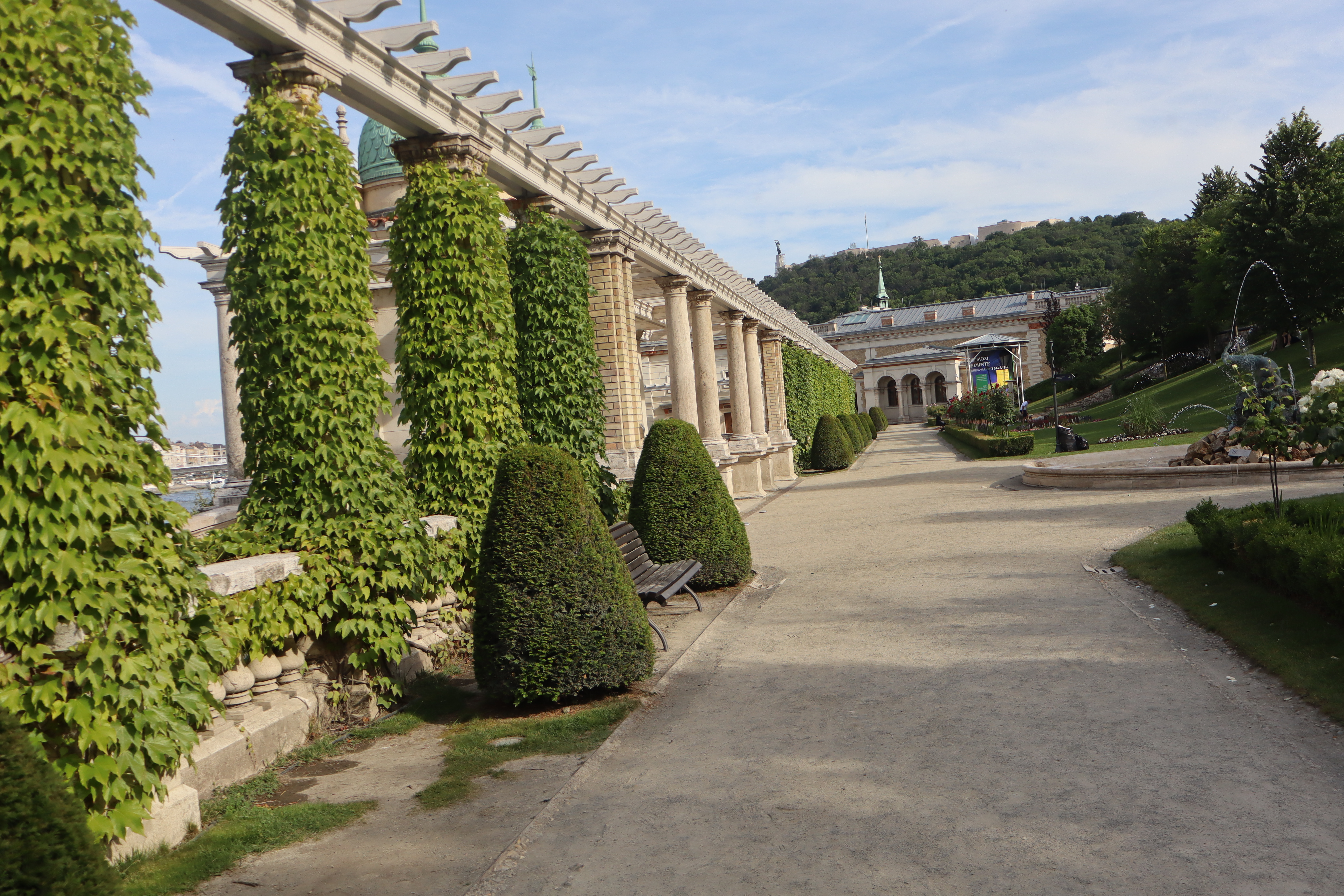
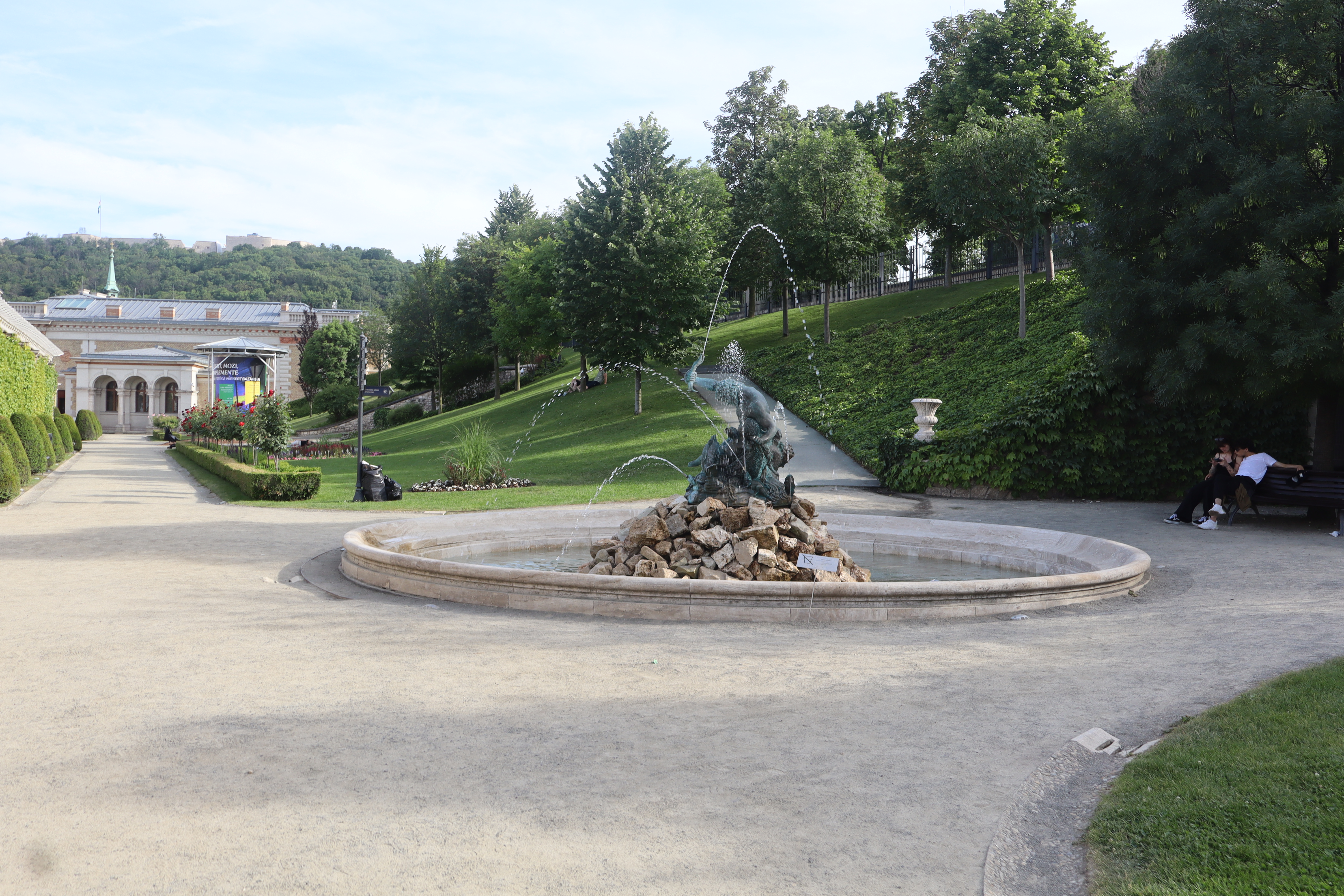
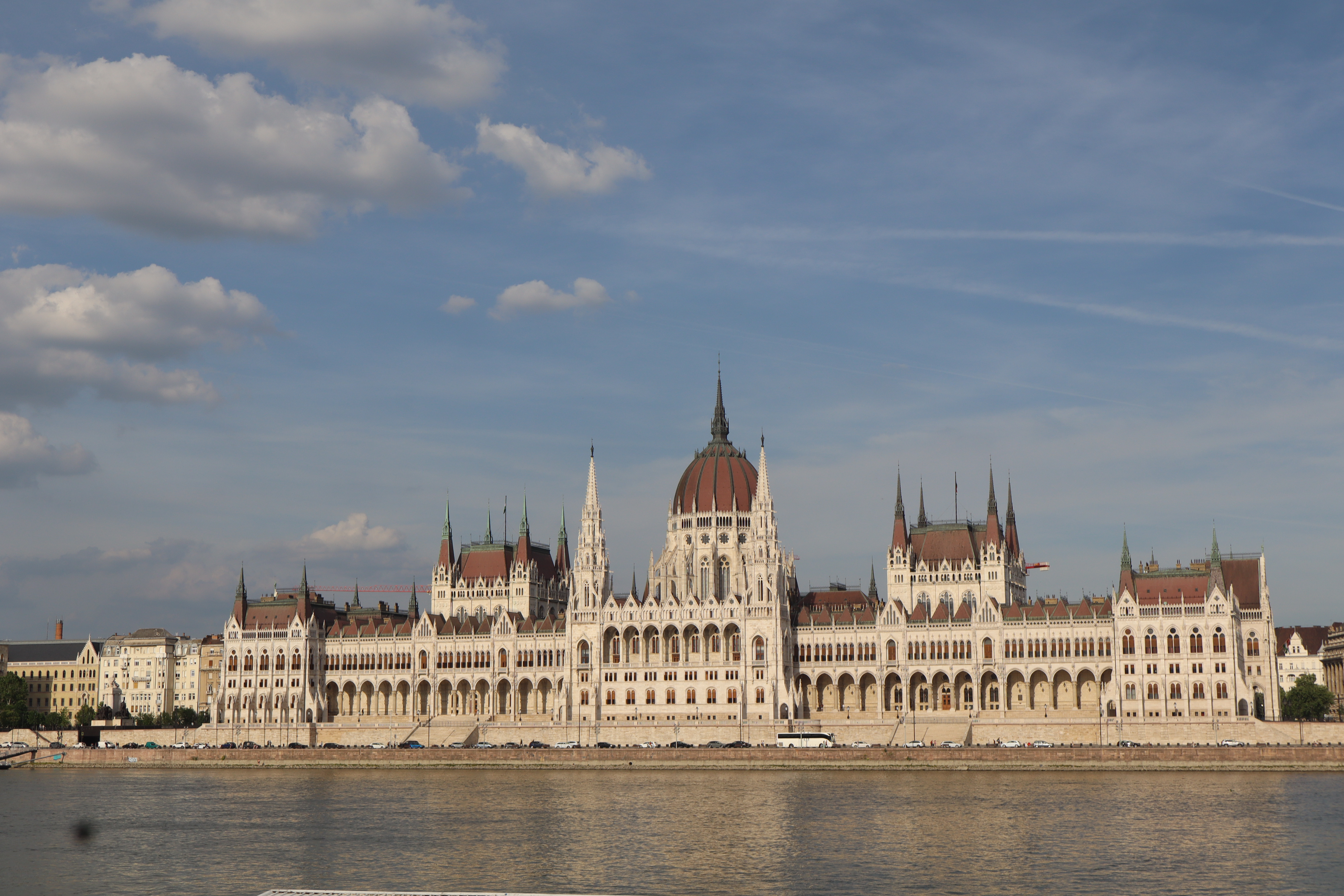
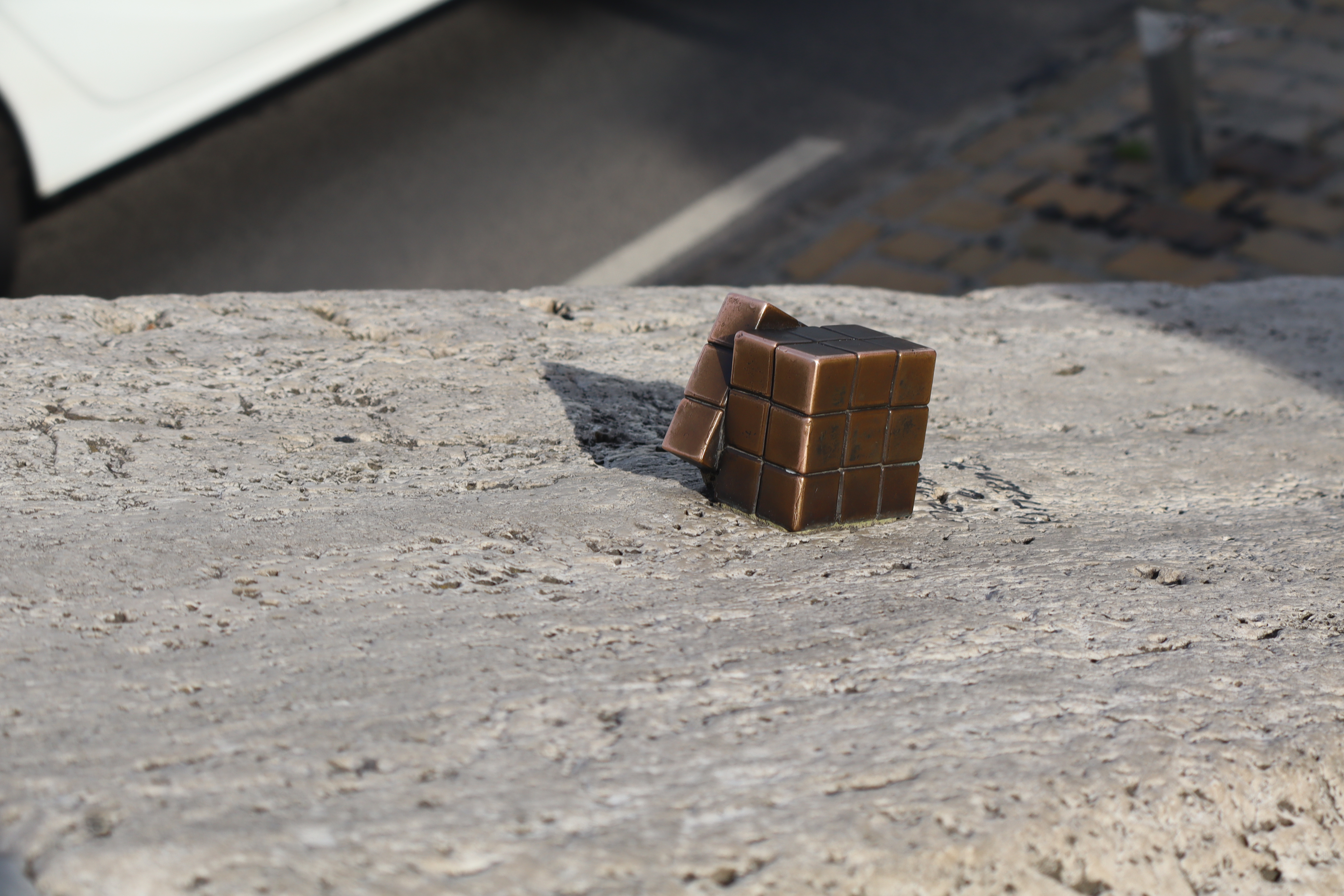
Did you know that the inventor of the Rubik cube is Hungarian?
Last but not least, while I didn't have the time to discover more of the Hungarian traditional cuisine, I can vouch from my experience with having met Hungarian communities in Romania that the cuisine is very diverse and full of interesting dishes no matter what you want to try. Unfortunately I didn't have the chance to eat a langos or a Kürtőskalács (a round cake made in a chimney), but I will make sure to not miss this next time around.
All in all, I think Budapest is a city worth visiting in spite of its recent woes, as its rich history and Imperial heritage make out of it a wonderful place to spend a few days in while exploring its history, architecture and people.
Enjoyed this post? Contact me by email here or using the social media links below—and follow this blog by subscribing via the form at the bottom!